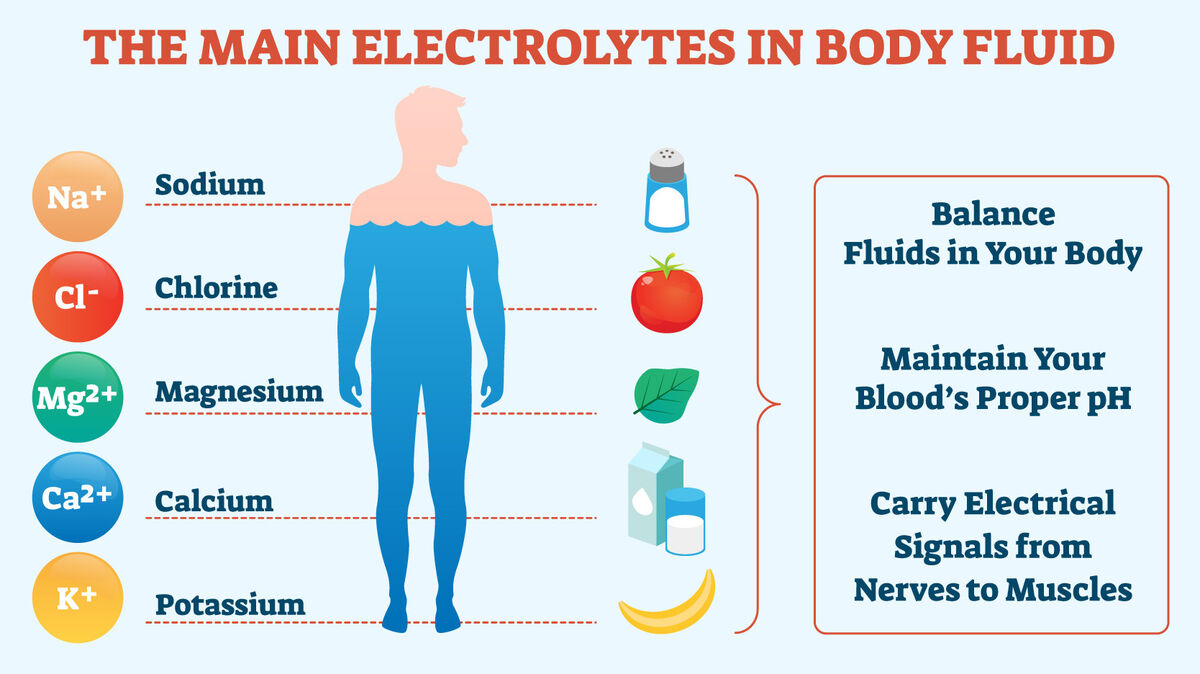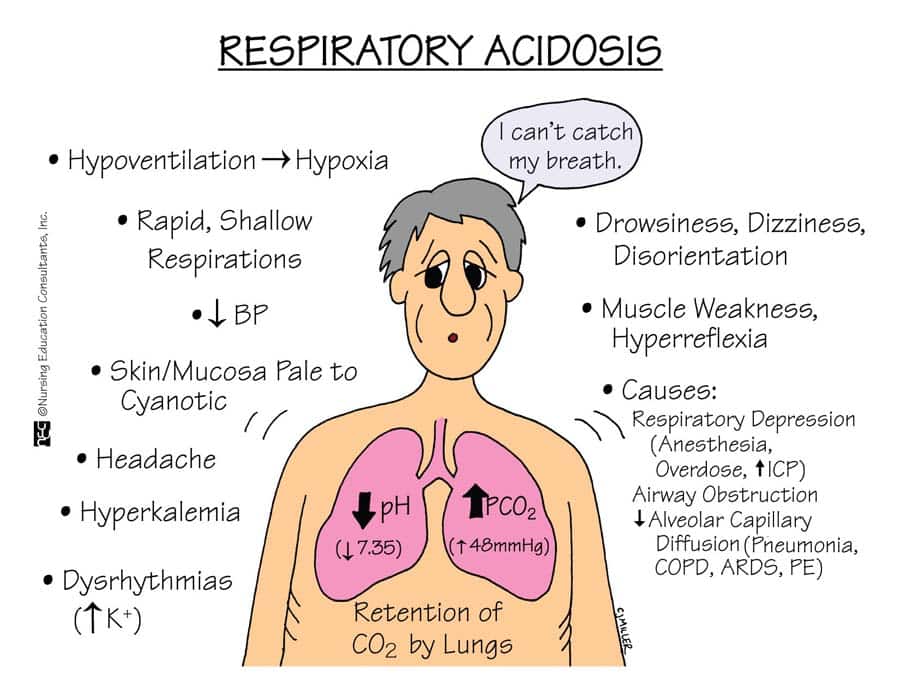Which electrolyte is associated with a change in pH of blood?
Calcium
Sodium
Magnesium
Potassium
The Correct Answer is D
Choice A: Calcium
Calcium plays a crucial role in various physiological processes, including muscle contraction, blood clotting, and nerve transmission. While calcium is essential for maintaining overall health, it is not directly associated with changes in blood pH. Calcium levels are tightly regulated by hormones such as parathyroid hormone (PTH) and calcitonin, but these do not significantly influence blood pH.
Choice B: Sodium
Sodium is a major extracellular electrolyte that helps regulate fluid balance, nerve function, and muscle contraction. Although sodium is vital for maintaining osmotic balance and blood pressure, it does not directly affect blood pH. Sodium levels are primarily controlled by the kidneys and hormones like aldosterone, which do not have a direct impact on the acid-base balance of the blood.
Choice C: Magnesium
Magnesium is involved in over 300 biochemical reactions in the body, including protein synthesis, muscle and nerve function, and blood glucose control. While magnesium is important for overall health, it does not have a direct role in altering blood pH. Magnesium levels are regulated by the kidneys and are essential for maintaining normal muscle and nerve function, but they do not directly influence the acid-base balance.
Choice D: Potassium
Potassium is a key intracellular electrolyte that plays a significant role in maintaining the acid-base balance of the blood. Changes in potassium levels can affect the pH of the blood. For example, hyperkalemia (high potassium levels) can lead to acidosis, while hypokalemia (low potassium levels) can lead to alkalosis. Potassium helps regulate the hydrogen ion concentration in the blood, which directly impacts the pH. Therefore, potassium is the electrolyte most closely associated with changes in blood pH.

Nursing Test Bank
Naxlex Comprehensive Predictor Exams
Related Questions
Correct Answer is C
Explanation
Choice A Reason:
An idiosyncratic effect is an unusual or unexpected reaction to a drug that is not related to the dose and is not a common side effect. These reactions are often due to genetic differences in metabolism or immune response. In this case, shortness of breath is a known reaction for some patients taking the drug, so it is not considered idiosyncratic.
Choice B Reason:
A teratogenic effect refers to a drug’s potential to cause developmental abnormalities in a fetus when taken by a pregnant woman. Since the patient is experiencing shortness of breath, which is a known reaction to the drug, this choice is not relevant to the situation.
Choice C Reason:
This is the correct answer. A side effect is a secondary, typically undesirable effect of a drug or medical treatment. Since the nurse found that shortness of breath is a known reaction for some patients taking the drug, it is classified as a side effect. The nurse should report this to the provider to ensure proper management and monitoring.
Choice D Reason:
The symptom of shortness of breath is related to the medication administration, as confirmed by the drug administration manual. Therefore, this choice is incorrect. The nurse must report the side effect to the provider for appropriate action.
Correct Answer is B
Explanation
Choice A Reason:
Increased neuromuscular excitability is not typically associated with respiratory acidosis. Instead, respiratory acidosis can lead to symptoms such as confusion, fatigue, and shortness of breath due to the buildup of carbon dioxide in the blood. Neuromuscular excitability is more commonly associated with conditions like hypocalcemia.
Choice B Reason:
This is the correct answer. Respiratory acidosis occurs when the lungs cannot remove enough carbon dioxide (CO2) from the body, leading to an accumulation of CO2 in the blood. This increase in CO2 results in the formation of carbonic acid, which lowers the pH of the blood. The elevated levels of carbonic acid are a hallmark of respiratory acidosis.
Choice C Reason:
Increased pH is not associated with respiratory acidosis. In fact, respiratory acidosis is characterized by a decrease in blood pH due to the accumulation of carbon dioxide and the subsequent increase in carbonic acid. Therefore, this choice is incorrect.
Choice D Reason:
Hypokalemia, or low potassium levels, is not typically associated with respiratory acidosis. Instead, respiratory acidosis can sometimes lead to hyperkalemia (high potassium levels) due to the shift of potassium out of cells in response to the acidotic state. Therefore, this choice is incorrect.

Whether you are a student looking to ace your exams or a practicing nurse seeking to enhance your expertise , our nursing education contents will empower you with the confidence and competence to make a difference in the lives of patients and become a respected leader in the healthcare field.
Visit Naxlex, invest in your future and unlock endless possibilities with our unparalleled nursing education contents today
Report Wrong Answer on the Current Question
Do you disagree with the answer? If yes, what is your expected answer? Explain.
Kindly be descriptive with the issue you are facing.
